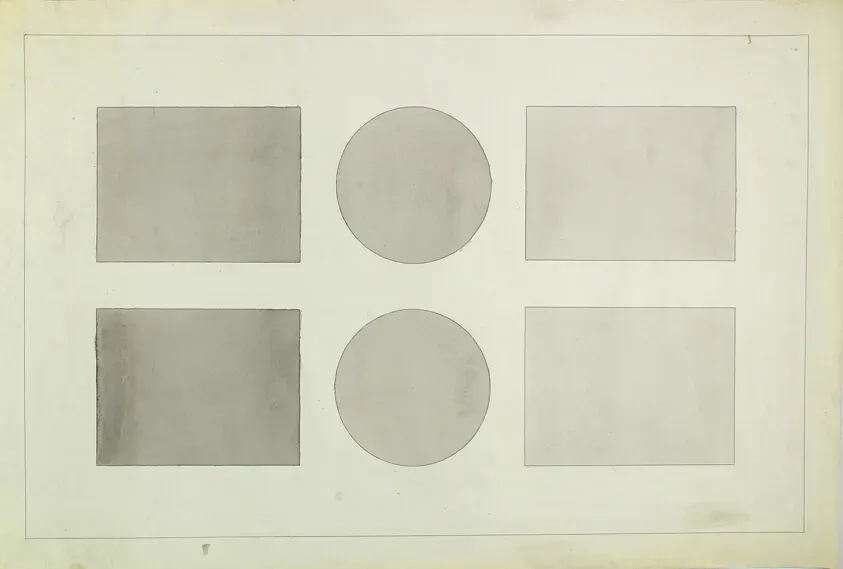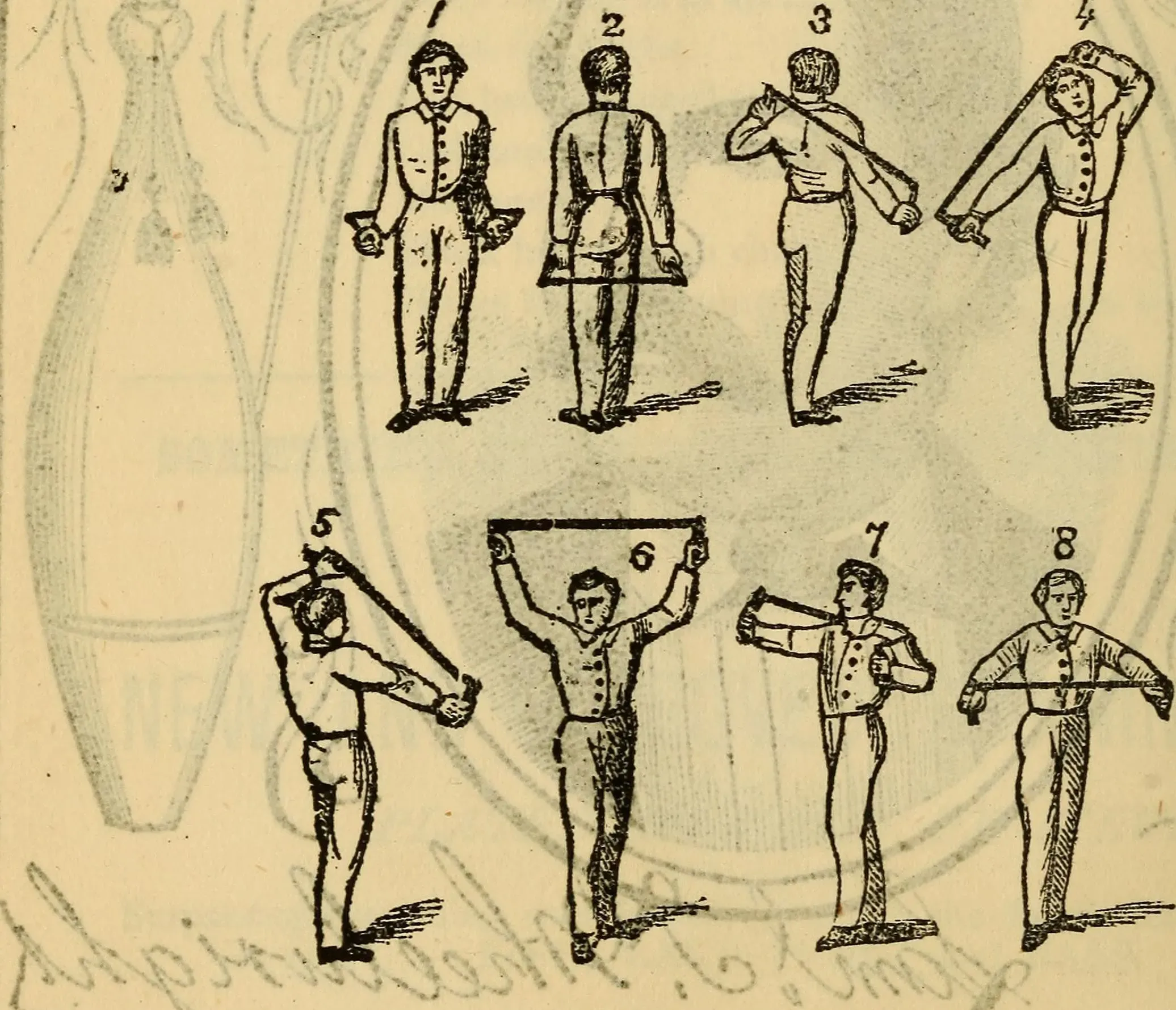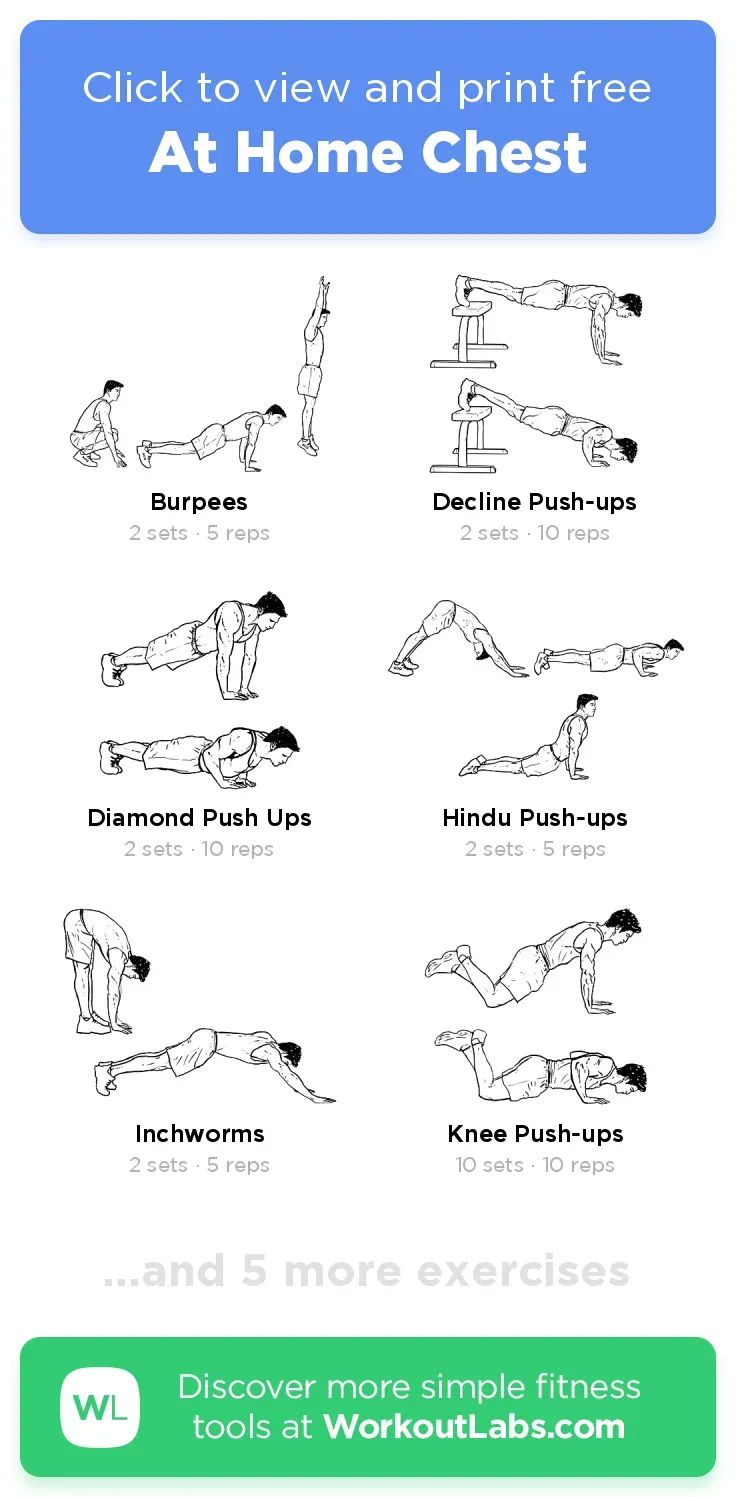Table of Contents
Let's be honest, carving out time to hit the gym isn't always in the cards. Maybe life got busy, maybe the weather's awful, or maybe you just prefer the comfort of your living room. Whatever the reason, the dream of building a solid chest doesn't have to disappear just because you're not under a squat rack. Forget the excuses; you can absolutely get a serious chest workout without fancy equipment.
Why You Need These 5 Chest Exercises at Home

Why You Need These 5 Chest Exercises at Home
Ditch the Commute, Build the Pecs
Look, life happens. Gym memberships cost money and require showing up on their schedule. Maybe you're short on time, maybe you travel, or maybe you just hate waiting for the bench press to open up. That's where mastering 5 chest exercises at home becomes a game-changer. You literally roll out of bed, or finish up work, and your gym is right there. No excuses about traffic or finding parking. Just consistent, effective training on your terms.
More Than Just a Good Look
Sure, a well-defined chest looks good in a t-shirt, but building strong pectoral muscles is about more than just aesthetics. Your chest muscles, the pectoralis major and minor, are crucial for pushing movements – everything from opening a heavy door to pushing off the ground. They also play a significant role in shoulder health and stability. Neglecting your chest can lead to imbalances and potential injury down the road. These 5 chest exercises at home give you the foundation for functional strength.
- Improved Posture: Strong chest and upper back muscles help you stand taller.
- Increased Pushing Strength: Obvious benefit for daily tasks and other exercises.
- Better Shoulder Stability: Supports the shoulder joint in various movements.
- Foundation for Advanced Moves: Builds strength for dips, handstands, etc.
Bodyweight is Real Weight
Some folks think you need stacks of plates to build a serious chest. That's simply not true. Bodyweight exercises, like the core movements in these 5 chest exercises at home, provide significant resistance. By adjusting leverage, tempo, or adding slight variations, you can make bodyweight movements incredibly challenging and effective for muscle growth and strength. Don't underestimate the power of pushing your own bodyweight.
Understanding Your Pecs: The Target Muscles

Understanding Your Pecs: The Target Muscles
The Big Picture: Pectoralis Major
before we dive into those 5 chest exercises at home, let's talk about what you're actually trying to work. The star of the show is the Pectoralis Major. Think of it as that large, fan-shaped muscle covering the front of your chest. It has two main parts: the clavicular head (the upper chest, attaching near your collarbone) and the sternocostal head (the larger, lower part, attaching to your sternum and ribs). This big guy is responsible for most of the heavy lifting when you're pushing things away from your body, bringing your arm across your chest (like a fly motion), and even rotating your arm inwards. If you want that full, rounded look, you need to hit both heads effectively with your chosen movements.
The Underdog: Pectoralis Minor
Hiding underneath the Pectoralis Major is its smaller, but still important, sibling: the Pectoralis Minor. This is a thin, triangular muscle that runs from your ribs up to the coracoid process of your scapula (part of your shoulder blade). While it doesn't contribute as much to the big pushing power, it's crucial for stabilizing your shoulder blade. It helps pull your scapula forward and downward. Proper function of the Pec Minor is vital for overall shoulder health and posture, which in turn impacts how well you can perform those 5 chest exercises at home without things feeling... off. Ignoring this muscle is a rookie mistake that can lead to shoulder issues down the line.
So, to recap the key players:
- Pectoralis Major (Clavicular Head): Upper chest, pushes upwards and forwards.
- Pectoralis Major (Sternocostal Head): Mid/Lower chest, pushes forwards and downwards, overall bulk.
- Pectoralis Minor: Underneath, stabilizes shoulder blade, assists posture.
Breaking Down the 5 Chest Exercises at Home
Breaking Down the Movements
Alright, so you know *why* you need to train your chest and *what* muscles you're targeting. Now for the good stuff – the actual movements. Forget complicated setups or intimidating machines. These 5 chest exercises at home are the bedrock of bodyweight chest training. They're effective, scalable, and require little to no equipment. We're talking about foundational movements that have built strong chests for generations. Get ready to learn the techniques that will turn your living room into a serious training ground.
Maximizing Results from Your 5 Chest Exercises at Home

Maximizing Results from Your 5 Chest Exercises at Home
Progression is King: Don't Get Comfortable
Alright, you've got the moves down – those 5 chest exercises at home are your new best friends. But just doing them isn't enough if you want to see real change. Your muscles are stubborn; they won't grow unless you force them to. This means you have to constantly challenge yourself. It's called progressive overload, and it's non-negotiable. If you can easily crank out 20 perfect push-ups, doing another set of 20 isn't pushing your limits anymore. You need to make it harder. This could mean doing more reps, slowing down the tempo (eccentric focus!), reducing rest time between sets, or trying a harder variation of the exercise. Sticking with the same routine forever is the fastest way to plateau and get bored.
Focus on Form and Feel: It's Not Just About Hitting Reps
Executing those 5 chest exercises at home with sloppy form is a waste of time and an invitation for injury. It's not about how many shaky, half-rep push-ups you can grind out. It's about performing each repetition with control, feeling the target muscles doing the work. Think about actively squeezing your chest at the top of each movement. This "mind-muscle connection" isn't just some guru nonsense; it helps recruit more muscle fibers and makes the exercise far more effective. Don't rush through sets just to hit a number. Prioritize quality over quantity every single time. Your shoulders and elbows will thank you, and your chest will respond much better.
Key ways to push past plateaus with your 5 chest exercises at home:
- Increase Reps or Sets: Simple volume boost.
- Slow Down the Tempo: Especially the lowering (eccentric) phase.
- Shorten Rest Periods: Increases intensity and metabolic stress.
- Try Harder Variations: Elevate feet for push-ups, use rings for dips.
- Add Resistance: Wear a backpack, use resistance bands.
- Focus on Range of Motion: Go deep on dips, get a full stretch on push-ups.
Making Progress: What's Next After These 5 Chest Exercises at Home?

Making Progress: What's Next After These 5 Chest Exercises at Home?
Beyond the Basic Push-Up: Adding Complexity
you've hammered those foundational 5 chest exercises at home. You can crank out sets with decent form, you feel the burn, and maybe you're even seeing some initial results. So, what now? Just doing more reps forever gets boring and less effective. This is where you start adding layers. Think about manipulating tempo – slowing down the lowering (eccentric) phase of a push-up to a count of three or four seconds puts serious tension on the muscle. Consider pauses; hold the bottom position of a dip for a second or two before driving up. These aren't just parlor tricks; they increase time under tension, a key driver of muscle growth.
You can also start exploring variations that shift the load or increase the difficulty. Elevating your feet on a sturdy chair for push-ups targets the upper chest more intensely. Using rings or suspension trainers, if you have them, introduces instability, forcing your stabilizer muscles to work harder and allowing for a deeper range of motion on movements like dips or flyes. Don't get stuck in the same routine; your muscles need new stimuli to keep adapting.
Structuring Your Home Chest Program for Growth
Simply doing a few sets of those 5 chest exercises at home whenever you feel like it isn't a program; it's just moving around. To see consistent progress, you need structure. Aim to hit your chest muscles effectively two or three times a week, allowing for rest days in between. You could pair chest with triceps and shoulders, or even do full upper-body days. How you structure it depends on your overall training split.
Track your workouts. Seriously. Write down the exercises, sets, reps, and any variations or tempo changes you used. This isn't just busywork; it's your roadmap for progression. If you did 3 sets of 15 push-ups last week, aim for 3 sets of 16 or 17 this week, or try adding that slow eccentric. Without tracking, you're just guessing whether you're actually progressing. Consistency and smart progression are the secret sauce that turns those 5 chest exercises at home from a casual activity into a serious muscle-building tool.
- Train chest 2-3 times per week.
- Pair chest with complementary muscle groups (triceps, shoulders, back).
- Always track your sets, reps, and variations.
- Focus on progressive overload each week or training cycle.
- Listen to your body and prioritize recovery.
Your Home Chest Gains Are Just Starting
So there you have it. Building a strong, functional chest doesn't require a gym membership or a basement full of expensive equipment. We've covered the 'why,' the 'what,' and the 'how' of hitting those pec muscles effectively with just these 5 chest exercises at home. Consistency is your real secret weapon here. Stick with these movements, focus on form, and challenge yourself. You might be surprised at the progress you can make without ever stepping outside your door. Now go put in the work.
